Day 59 - Miyazaki City Temples, The Zen Concept of Chopping Wood and Carrying Water, and the Princess Who Couldn’t Sleep All Night, The Kyushu 108 Temple Pilgrimage, Japan
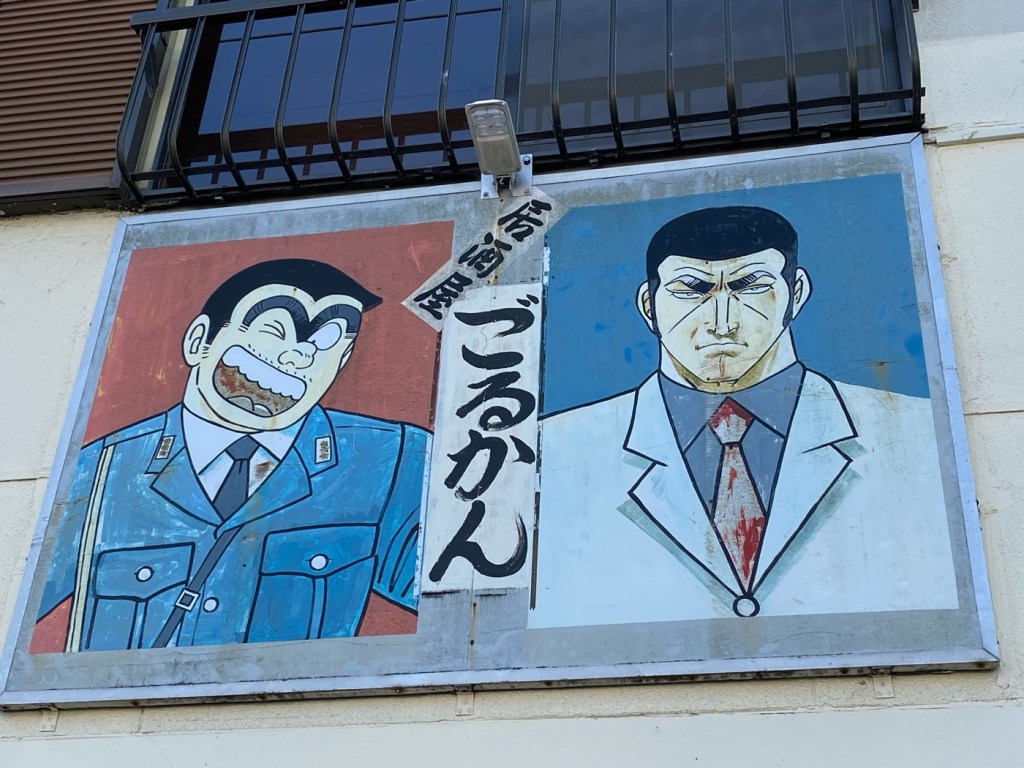
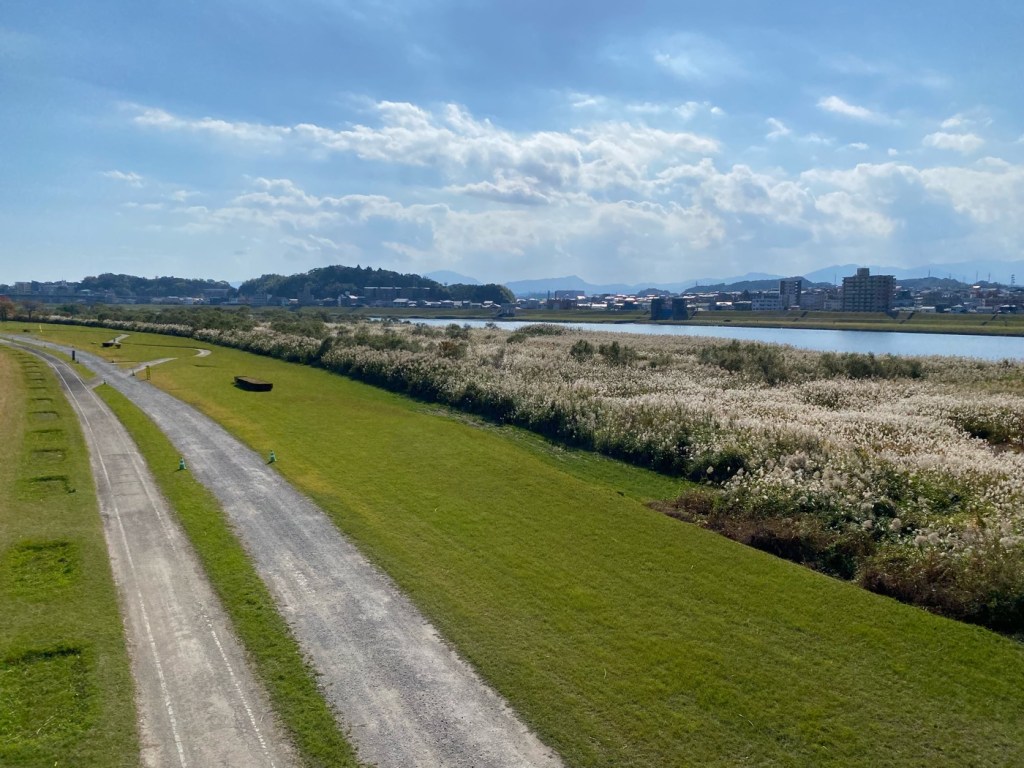
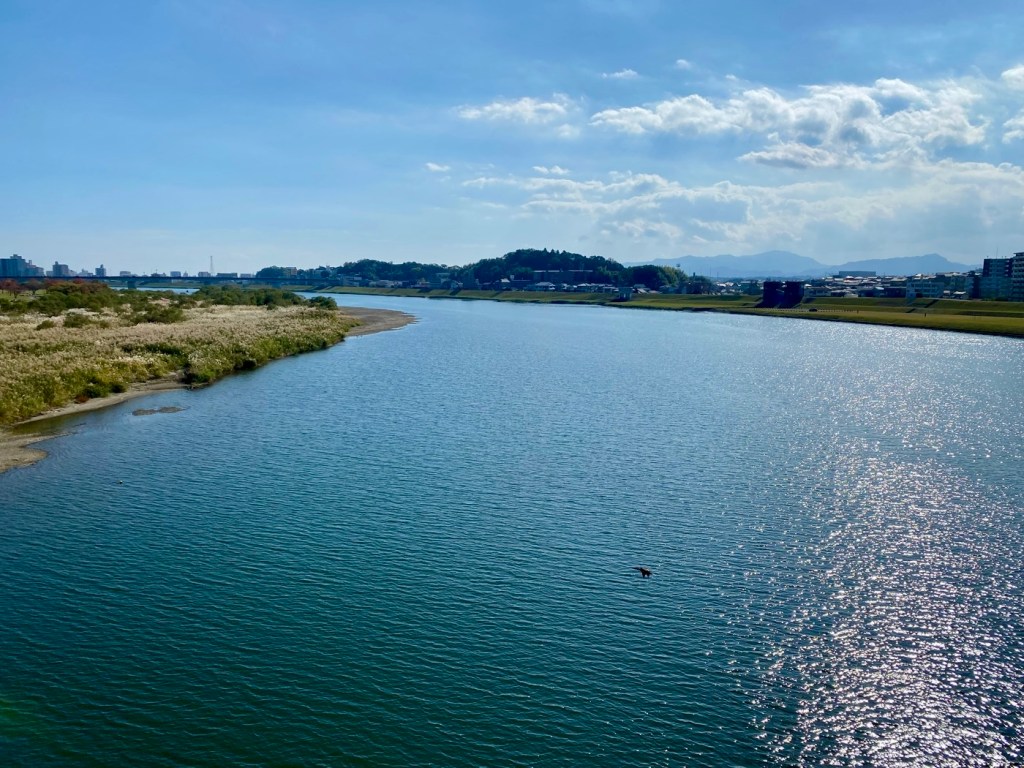
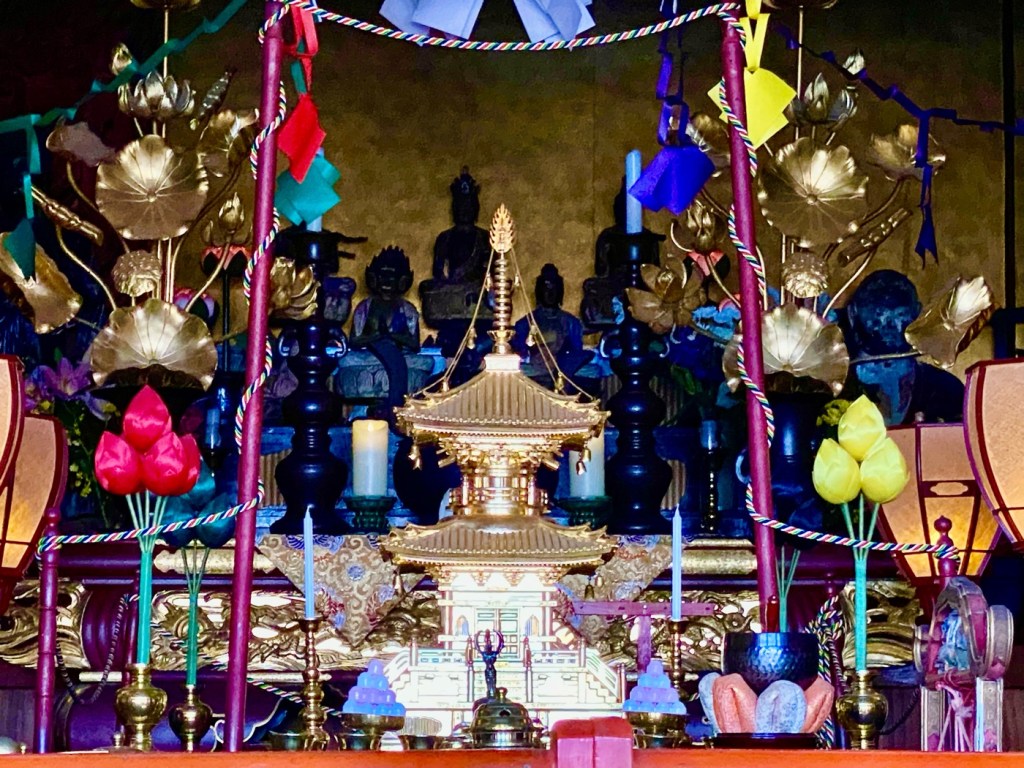
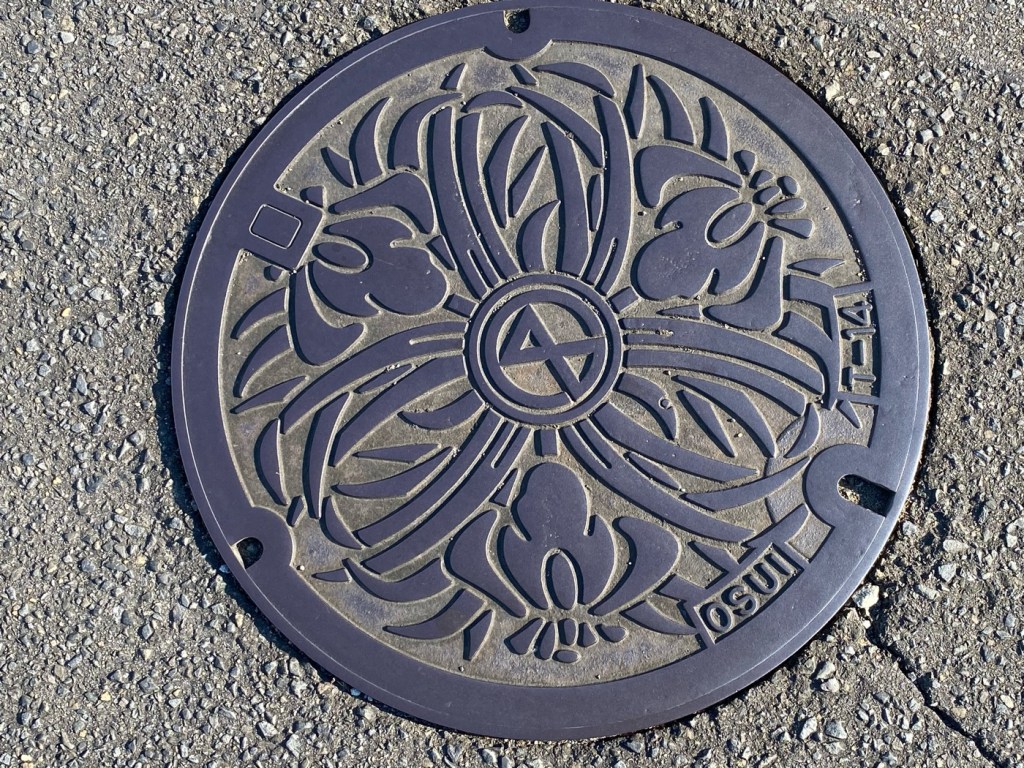
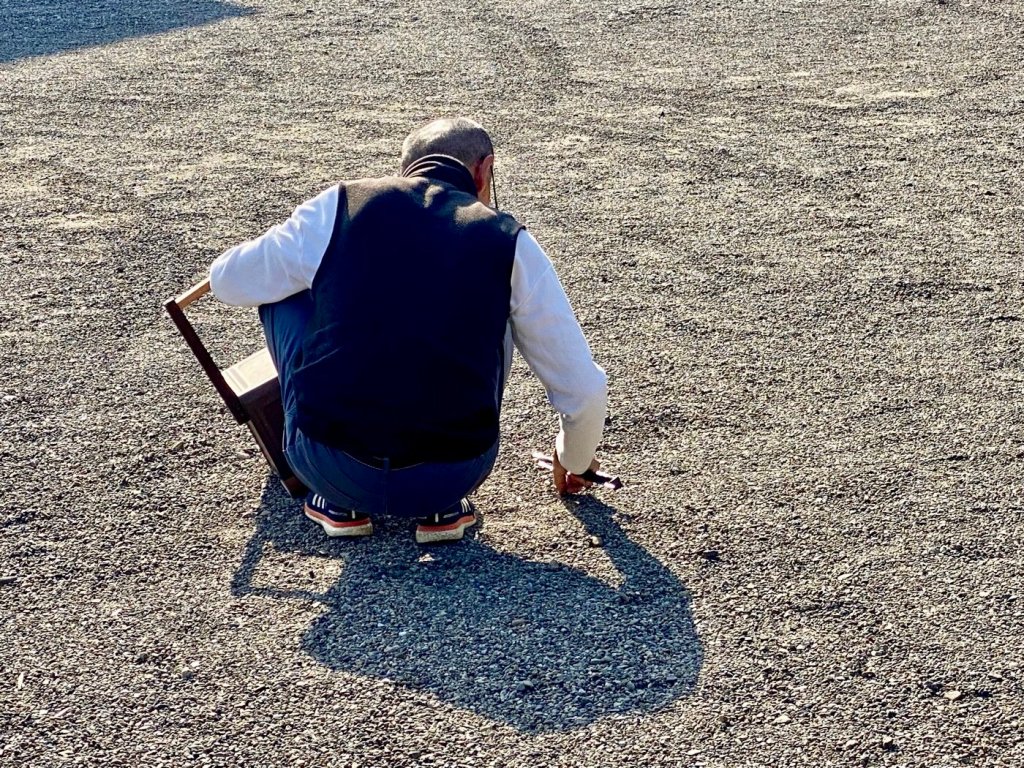
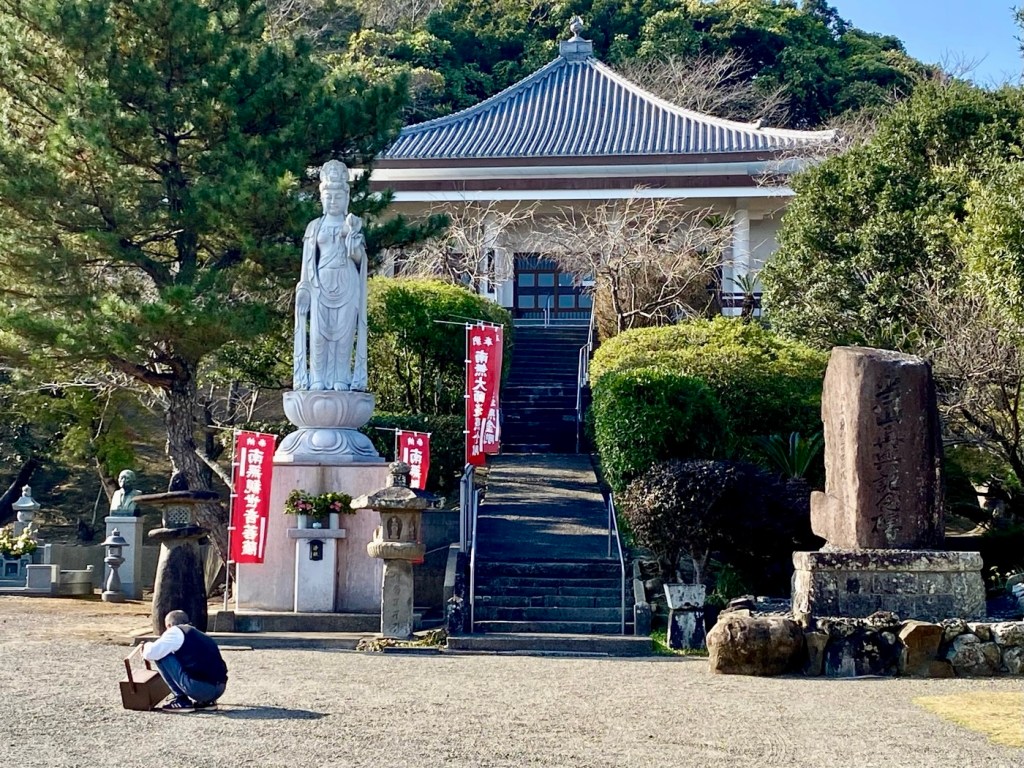
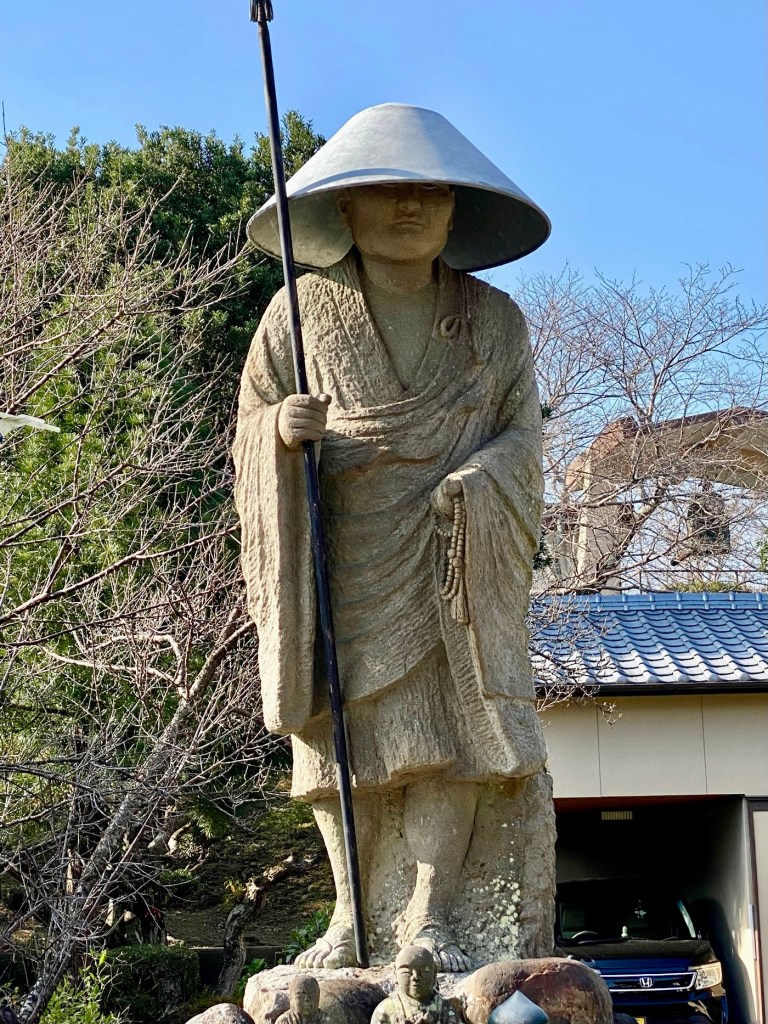
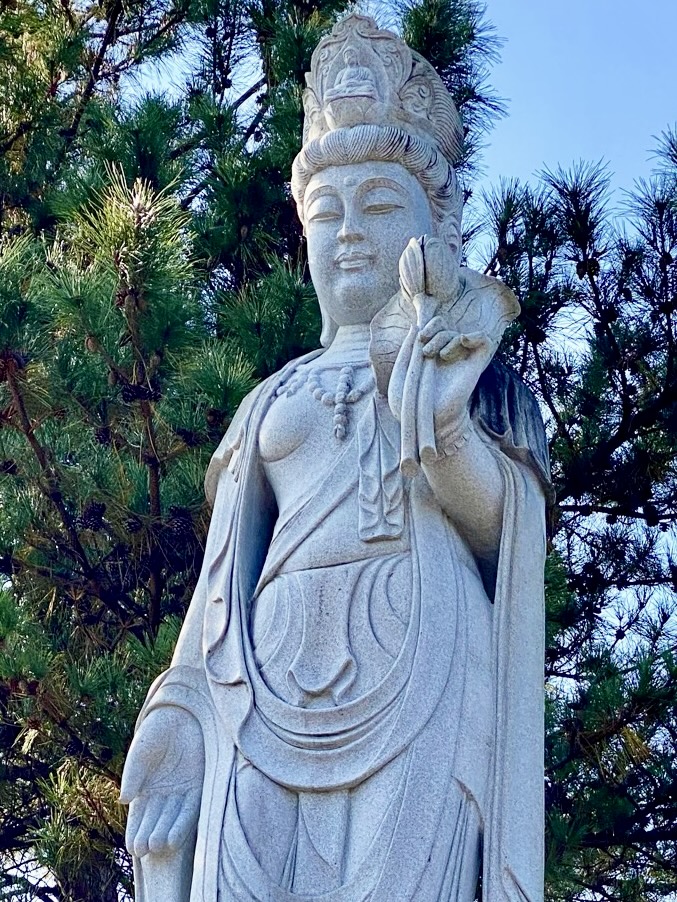
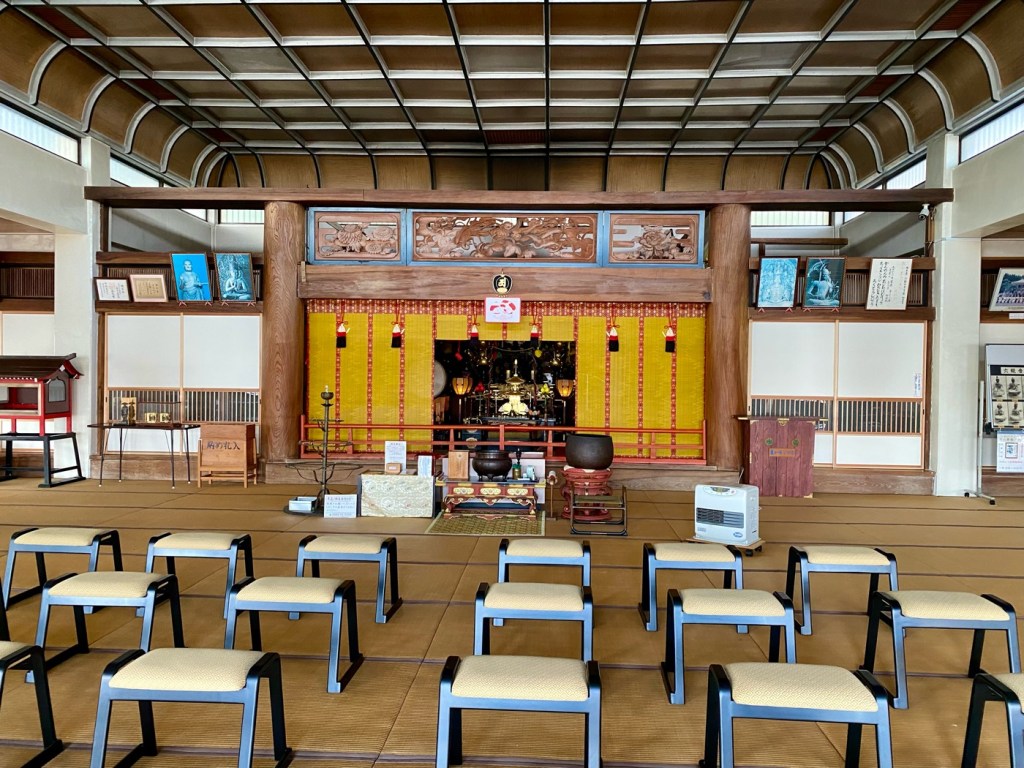
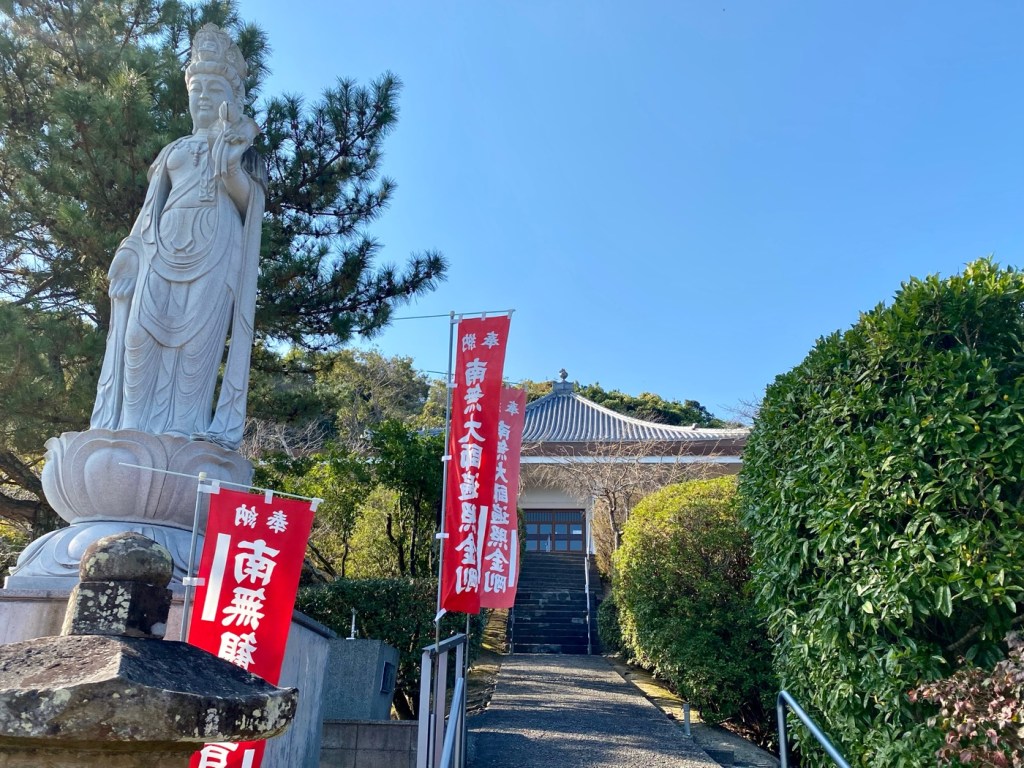
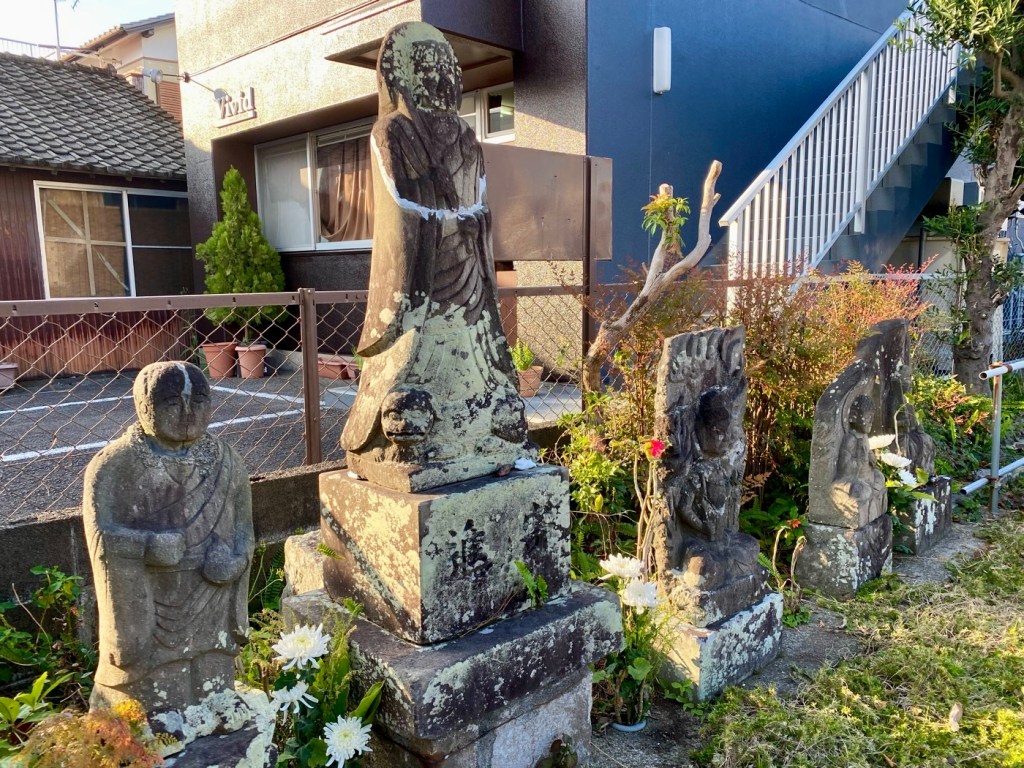
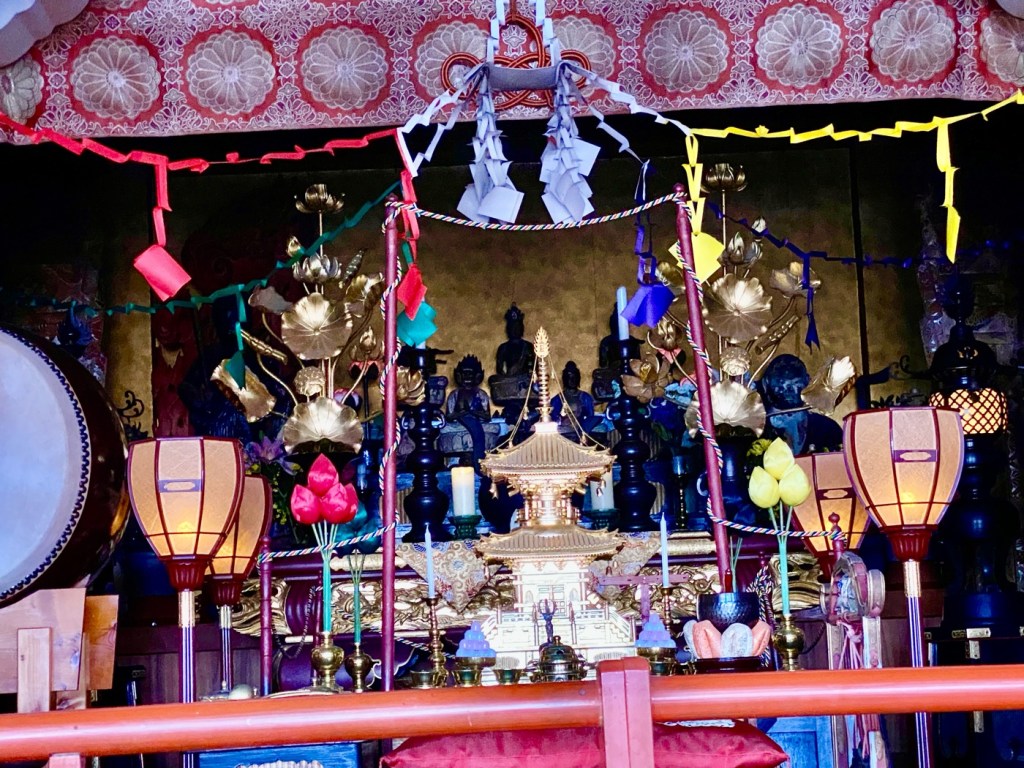
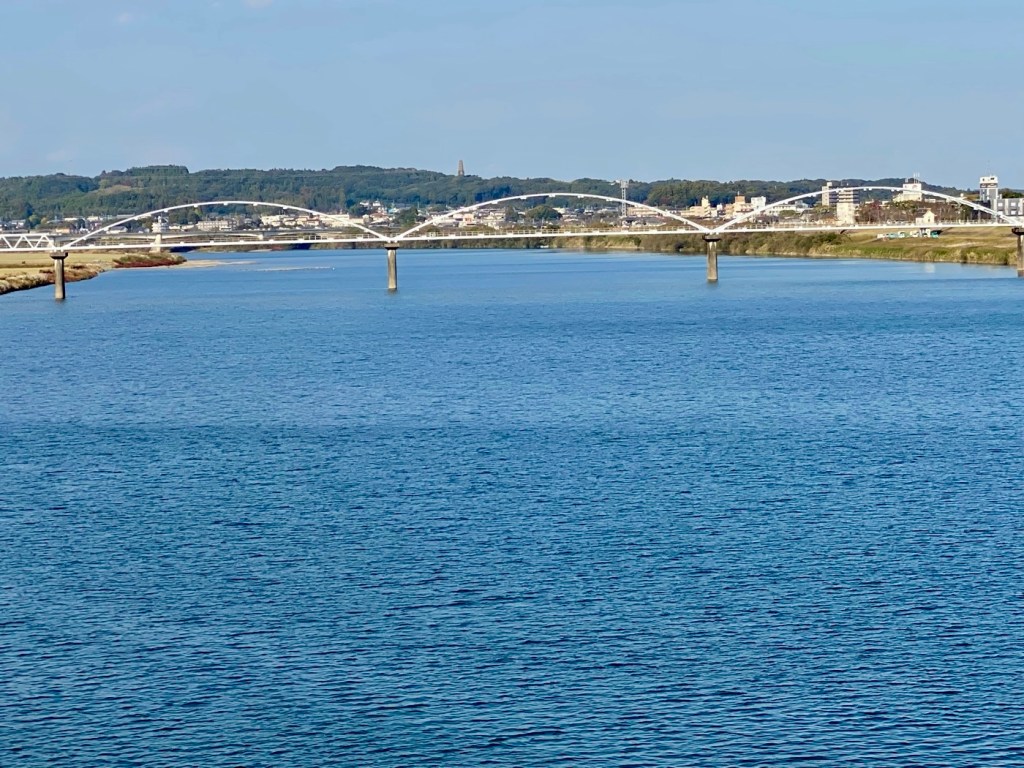
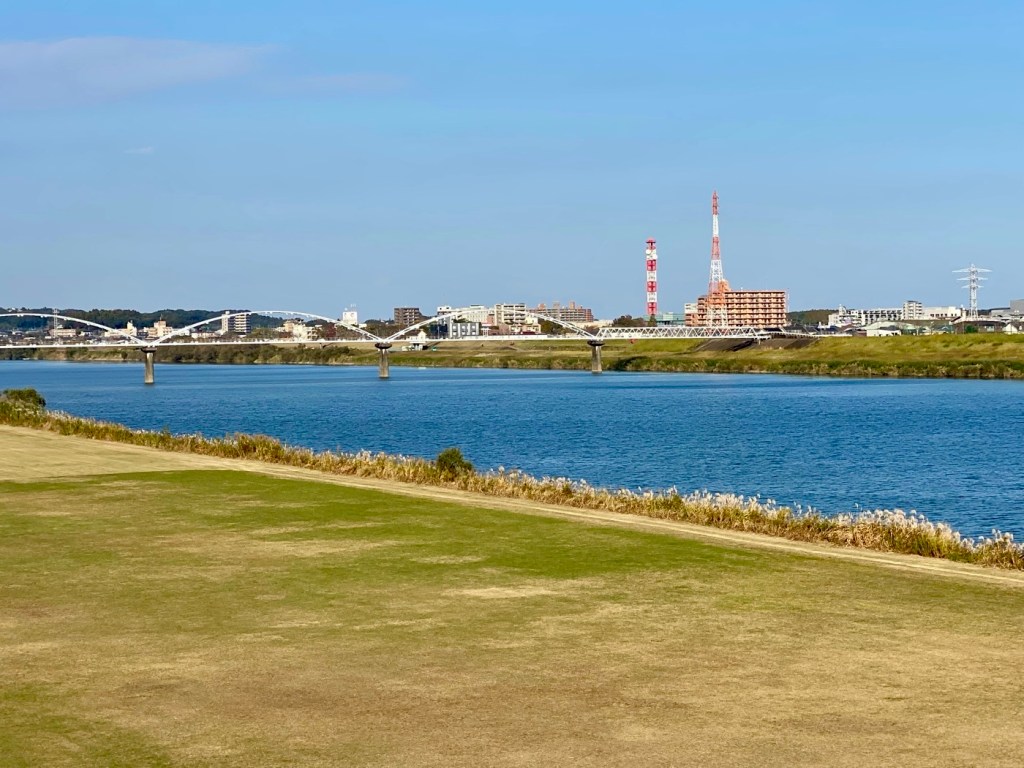
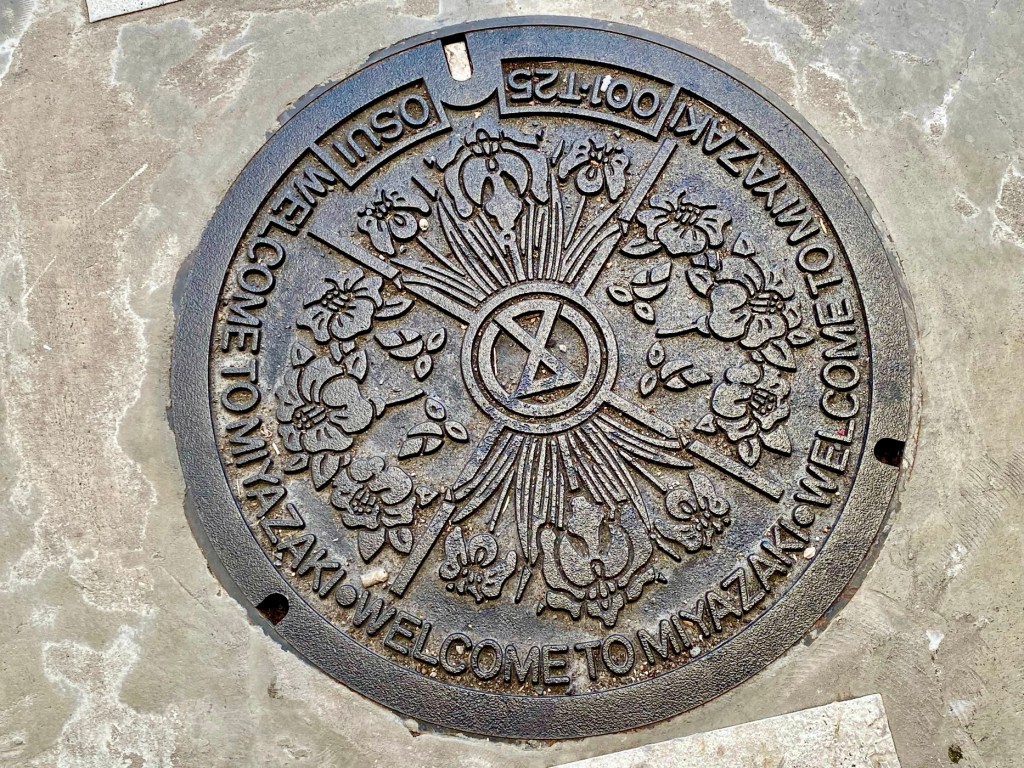
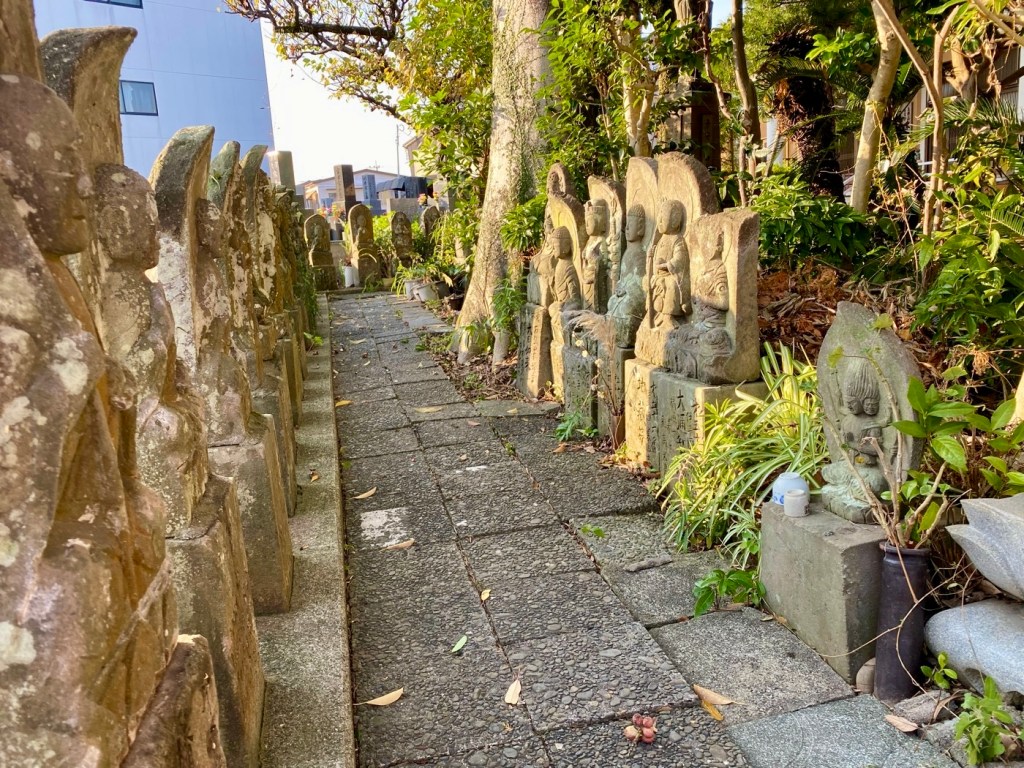
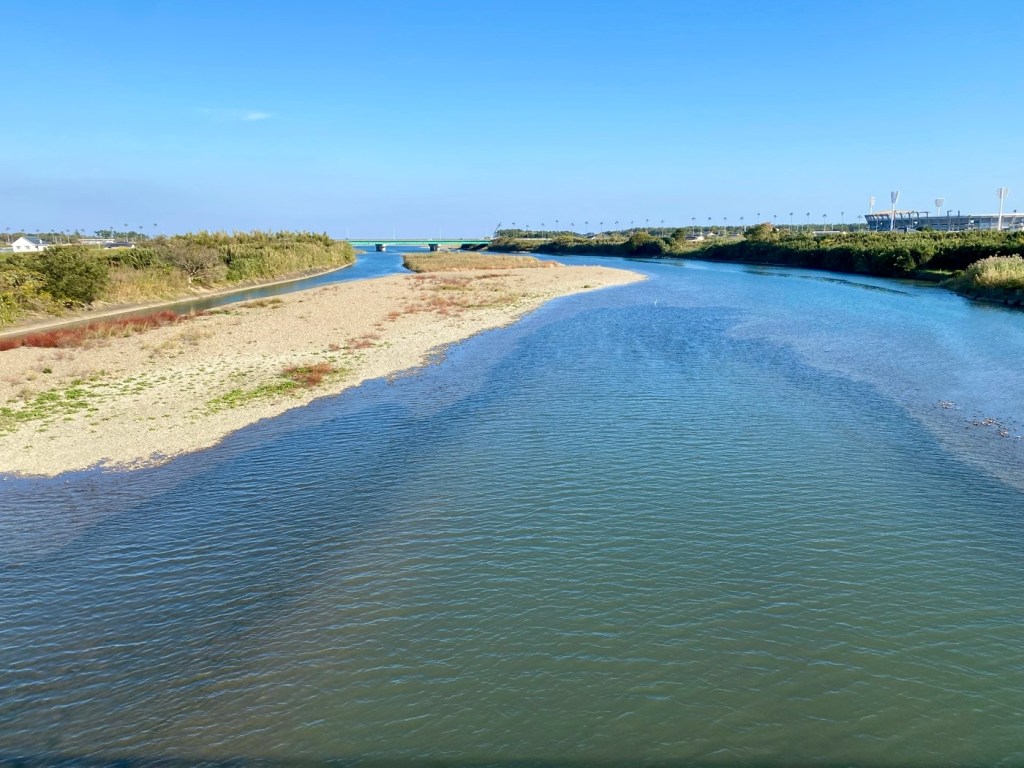
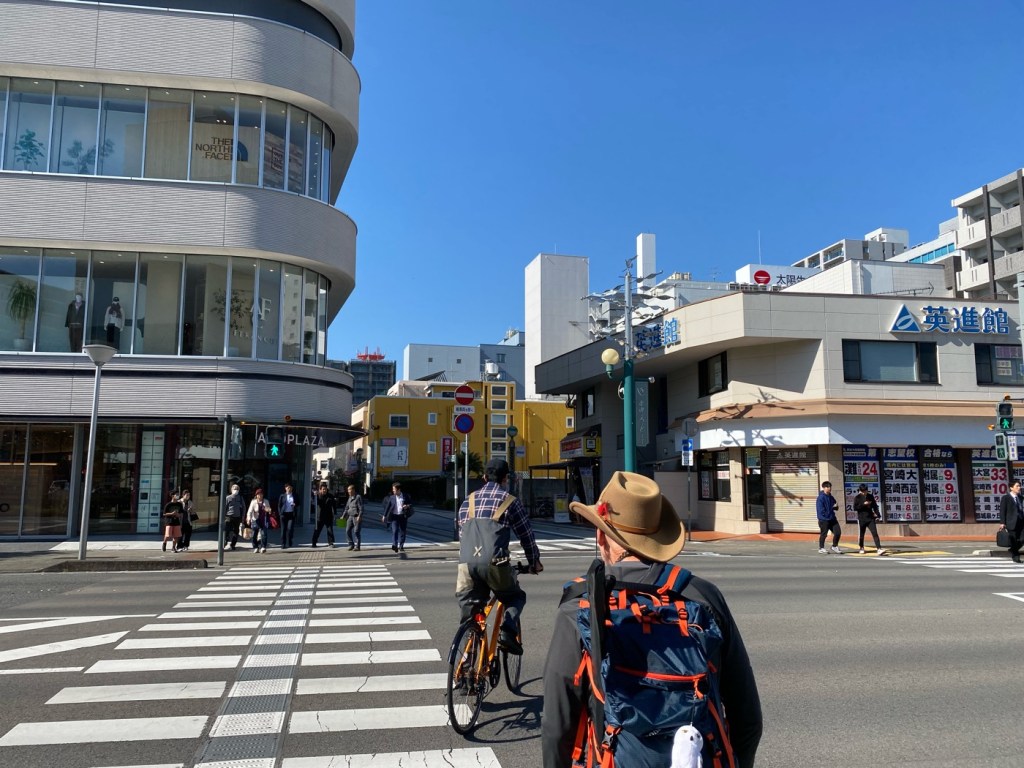
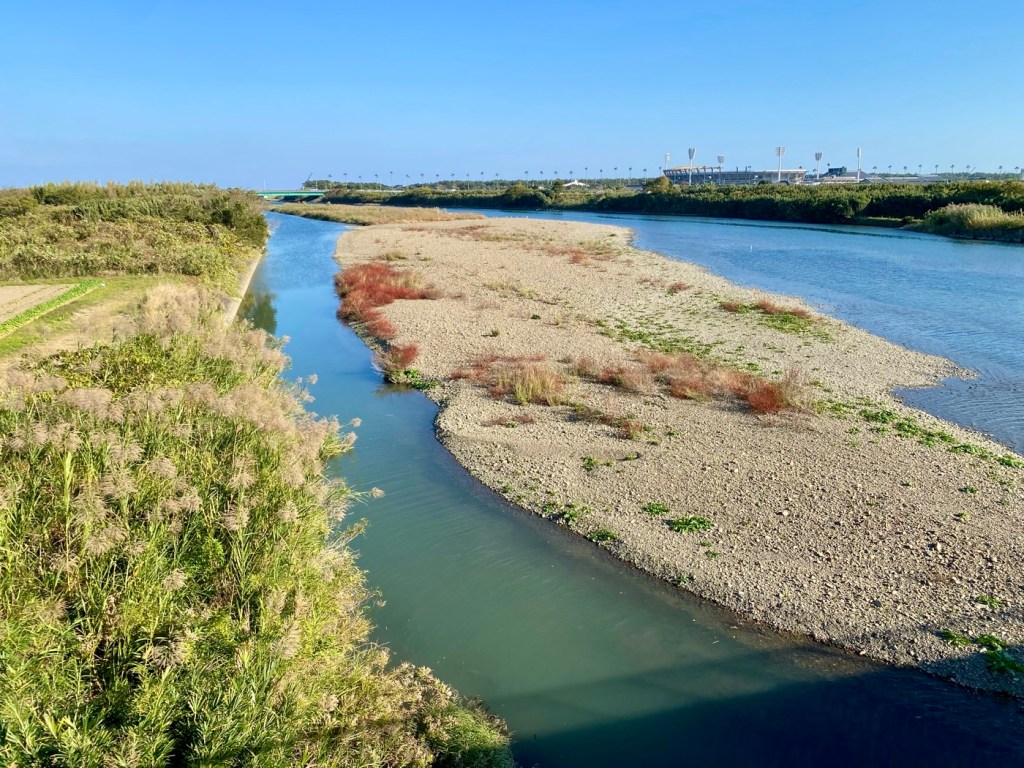
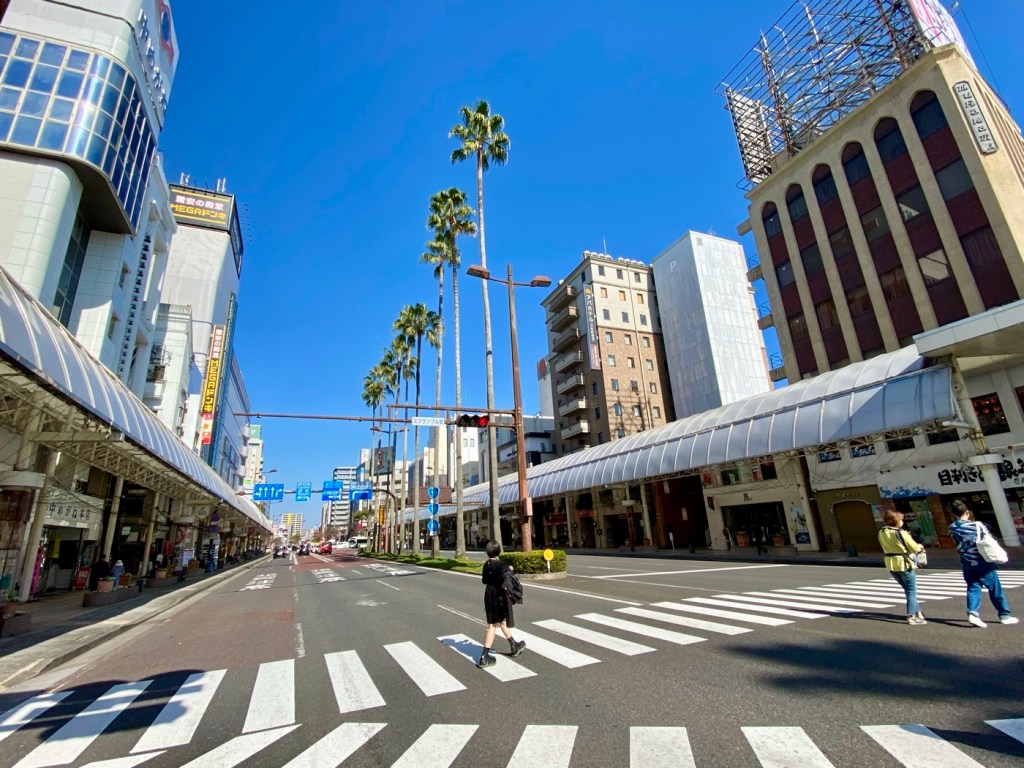

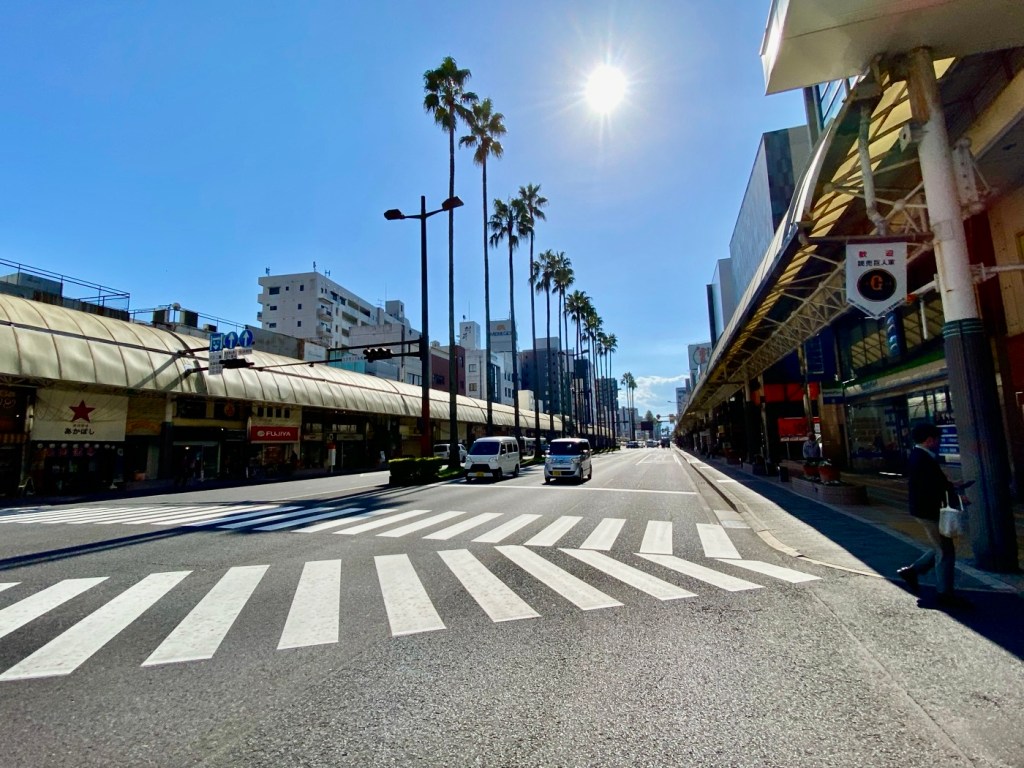
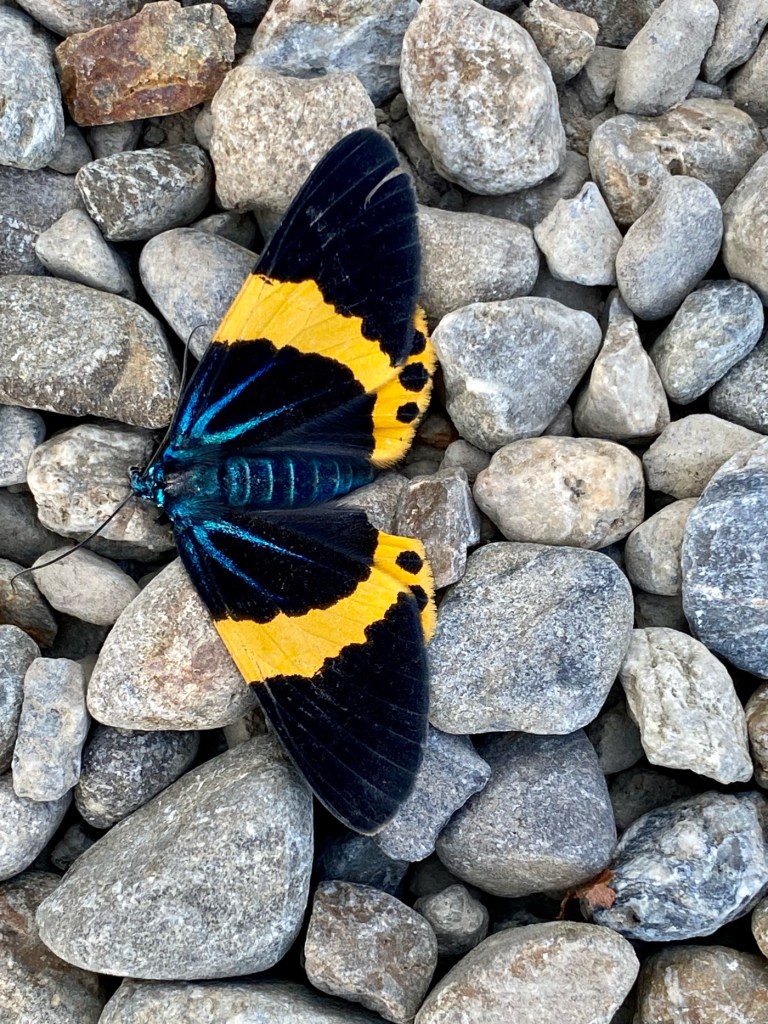
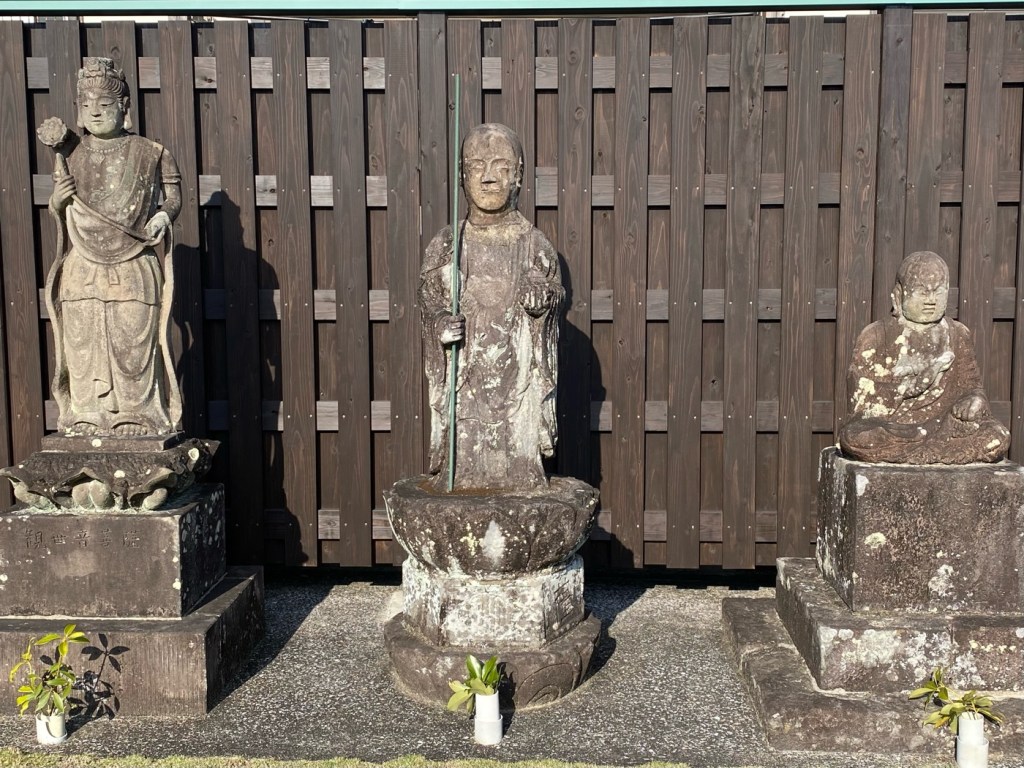
Day 59 - Miyazaki City Temples, The Zen Concept of Chopping Wood and Carrying Water, and the Princess Who Couldn’t Sleep All Night, The Kyushu 108 Temple Pilgrimage, Japan
Miyazaki is the capital city of Miyazaki Prefecture.
The city and its surrounding suburbs have more sunshine than anywhere else in Japan.
Our stretch of great weather has been amazing, and we didn’t need our raincoats nor our lightweight tiny umbrellas.
In the City of Miyazaki, we had two temples to visit.
We first walked to temple #38, located in the western part of the city.
We were hungry for lunch, and kept looking at all the restaurants and cafes we passed along the way.
Soon there were fewer offerings, and we settled on a very popular pasta restaurant that had a nice and airy dining room.
We even had to give our names and wait for a table.
We thought it was a good sign that the restaurant was that busy on a weekday at lunchtime.
We ordered the pasta set, which included a soup, salad, a vegetable pasta, iced tea and a dessert of our choice.
The pasta was probably the worst pasta we have had in a while.
The spaghetti was undercooked and the whole mess was swimming in garlic and at least a cup of oil.
The best thing was the fragrant iced tea and the cheese cake.
To top it off, both of us were covered in oil stains, splashed from the oily pasta.
I wasn’t comfortable going to meet the people at the temples with our clothing covered with oil stains.
Jules had worn a t-shirt over a long sleeve hiking shirt.
So he simply took off his stained t-shirt.
But I had worn only a T-shirt, and tried to cover the front of my t-shirt with my bag, to hide the stains.
Within a short walk from the restaurant, we arrived at Temple #38, Chokuji Temple on Mt. Horai.
At the temple, we saw a monk removing weeds from the driveway, by crouching down and using a long metal tweezer, which he operated with the expert hand of someone who has been doing it for decades.
He was so absorbed in his work that he didn’t even greet us hello.
His work reminded me of the Buddhist spiritual practice of absorption in seemingly mundane daily tasks, like chopping wood and carrying water.
Far from looking down on hard and simple work like cleaning, cooking, chopping wood for the fire and carrying water from the stream for washing and cooking, menial work is considered beneficial for the mind and soul.
The untrained mind is like a fidgety monkey.
It is restless and unable to focus on the tasks at hand.
Doing simple works with mindfulness trains the mind to stay calm and focused.
The benefits of doing simple work with great mindfulness are not diminished when the mind becomes enlightened.
The benefits of physical agility that come from exercising through work, and practicing meditation in action, all still remain after developing a strong body and a sharp mind.
Thus it is said:
“The novice asked the master, “What does one do before enlightenment?”
“Chop wood.
Carry water”
Replied the master.
The novice asked, “What, then, does one do after enlightenment?”
“Chop wood.
Carry water.”
Answered the master.”
Although it appears that nothing has changed on the outside (doing), everything has changed on the inside (being).
Chopping wood and carrying water are not glamorous activities,
If you are able to master your mind, you will find the extraordinary in the ordinary - the magic in the mundane.
We continued on to the temple office and handed our book and scroll to the ladies there.
The office seemed to be a “ladies circle”, with women sewing and doing embroidery, while they chatted, bonded and managed the office.
They were very kind to us, and offered to call the next temple to let them know that we were coming.
We were very grateful for their kind offer.
We told them that we were walking to the next temple, so to please tell the monk to expect us in about an hour or more.
They were amazed that we were walking, but promised to call after we finished praying at the temple.
The temple was founded by Koyu Sojo of Imanfuku-ji Temple, a powerful man in 1563.
It was temporarily called Imanfuku-ji Temple, but it was abandoned due to the anti-Buddhist movement in 1871.
It was renamed Chokyu-ji Temple in 1914 and has remained so since.
The principal image enshrined here is the "Wooden Roku Kannon Seated Statue" which is rare nationwide, and has been designated as a tangible cultural property of Miyazaki City along with the "Kobo Daishi statue".
The Kobo Daishi statue in this temple is said to be the oldest statue among the Kyushu 108 sacred sites.
When we left, the ladies at the office gave us two cans of green tea and cookies.
We walked to the next temple through a series of shortcuts, and got there earlier than I had expected.
The temple, located off a busy and noisy road, looked empty and we saw no car in the driveway.
For a moment, we thought that the ladies might have called but no one answered and maybe they had just left a message, but soon a friendly monk opened the door of the main hall and invited us in.
On a low table, he had prepared two cups of hot tea and traditional Japanese sweets for us, along with some brochures and maps of places in the area that we should not miss visiting.
Temple #37, Kosenji Temple on Mt. Koyasan, is located on a busy street lined with condominiums and commercial buildings.
While you definitely hear the city noises and feel the bustle of Miyazaki city, if you take a step into the precincts that are set back from the road, you can also hear the chirping of wild birds that make you forget the hustle and bustle.
Historical details are not exactly clear about the founding of the temple.
It is believed that Priest Ryuun, who came from Mt. Koya in the late Meiji period, 1868-1912 moved the Kobo Daishi from a neighboring temple to its current location and built Kosen-ji Temple.
The current main hall was completed in June 1980.
While the nice monk stamped our scroll and book, we chanted the Buddha’s Heart Sutra.
The monk was so impressed, that he secretly videotaped us chanting.
Then he asked where we had learned to chant and how we were able to memorize it all.
He gave us tea, cookies and small candles as a gift.
But perhaps the best gift he gave us, was a brochure and map of the Udo Jingu shrine, which I planned to visit on our walk south.
The Udo shrine is a major sacred shrine built in a cave up a rocky mountain overlooking the blue sea.
After finishing our visit, we walked to the Starbucks in town for an afternoon tea, before returning to our hotel in Miyakonojo.
We were staying in Miyakonojo, because we still needed to complete the walk towards Aoshima, on our way south to Nichinan.
We arrived in Miyakonojo after dark.
Before checking in, we had dinner in Hama Sushi, a popular conveyor belt sushi restaurant.
Then we walked to the hotel.
There are no good hotels in Miyakonojo.
There are only old business hotels.
From the minute we entered the smelly lobby, I regretted being there.
I could have booked a hotel in Miyazaki city instead, and we would have been able to do the walk while staying at a better hotel.
It was too late to cancel our stay now, but I could not imagine staying there for two nights, even if we spent most of the day walking outdoors.
The front desk upgraded our room to a bigger room with a sofa at no cost, and most of the people staying were business women, so it didn’t really feel like a sleazy business hotel, but for me, it was the worst hotel on our pilgrimage.
The old carpet, the window drapes and the bedsheets all smelled of smoke and felt unclean and uncomfortable.
I showered and Jules did our laundry in the laundry room, but I didn’t sleep all night.
Finally at two in the morning, I gave up trying to sleep.
Through my blurred eyes, I researched places to stay and made reservations in a hotel in Aoshima for the next night.
I intended to forfeit the money we had paid for tomorrow night at this hotel.
Finally at four thirty in the morning, I fell asleep for two hours.
I was exhausted but unable to sleep.
I asked myself why I was awake while Jules, who was also sensitive to the smoke and also disliked the hotel, was able to sleep all night.
Am I that spoiled and used to comfortable places that I can’t even rest when conditions are not good?
I remembered a story from my childhood about a princess who was lost, and the only way the farmers who found her were able to tell that she was the real princess was by putting one single pearl under her many layers of mattresses.
The princess was unable to sleep all night, tossing and turning on the “lumpy” mattress.
Was I really that spoiled… or was it something else…
Buddhist monks are not supposed to sleep in luxurious high beds.
Instead, they sleep on low, non luxurious beds.
The Buddhist Vinaya (the rules for monks and nuns) say that monks should not eat after noon time.
This came about partly because walking out of the monasteries to beg through the forest at night was potentially dangerous.
But even today in city monasteries, monks keep that rule because they believe that it is condusive to better meditation.
The Buddha and his monks found that sleeping on low hard beds meant that they slept only lightly, which was believed to be condusive to meditation, and that in fact they could continue to meditate while asleep.
It has to do with living a simple life, a life of virtue and reducing our dependence on comforts and the satisfaction of cravings.
It is written in an ancient text about The Fruits of the Contemplative Life:
"Whereas some priests and contemplatives, living off food given in faith, are addicted to high and luxurious furnishings such as these over-sized couches, couches adorned with carved animals, long-haired coverlets, multi-colored patchwork coverlets, white woolen coverlets, woolen coverlets embroidered with flowers or animal figures, stuffed quilts, coverlets with fringe, silk coverlets embroidered with gems, large woolen carpets, elephant, horse, and chariot rugs, antelope-hide rugs, deer-hide rugs, couches with awnings, couches with red cushions for the head and the feet, the Buddha abstains from using high and luxurious furnishings such as these.”
But for me, it really wasn’t about the hard bed.
I enjoy and even prefer sleeping on comfy futons on tatami rice matted floors.
I sleep best on the nights we sleep in Japanese style rooms.
The aesthetics are so pleasing to me, even when the hotel is old and not well maintained.
It was more about feeling like I am in a dirty, smelly environment, where people do not care about my enjoyment of the place, and only care about collecting money from the guests.
Well, we will be moving again tomorrow to an Onsen hotel on the water.
I can’t wait for Jules to wake up so I can tell him the news.
With love and blessings,
Tali
Stats: 21,037 steps
Today’s walk: 15 km
Kilometers walked to date: 1017
Temples visited:
Temple #38 Horaisan Chokyu
Temple #37 Kosen-ji